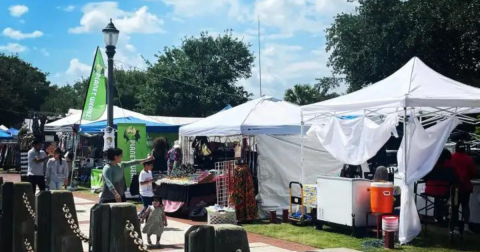The Legend Of South Carolina's Lost Gold Mine Remains A Mystery Today
More than 475 years ago, Spanish explorer, Hernando de Soto, crossed the Savannah River into the territory of present day South Carolina. De Soto lead the first European expedition into the deep South and entered South Carolina on April 21, 1540. His missions were to search for gold and a passage to China – or just to reach the Pacific Coast.
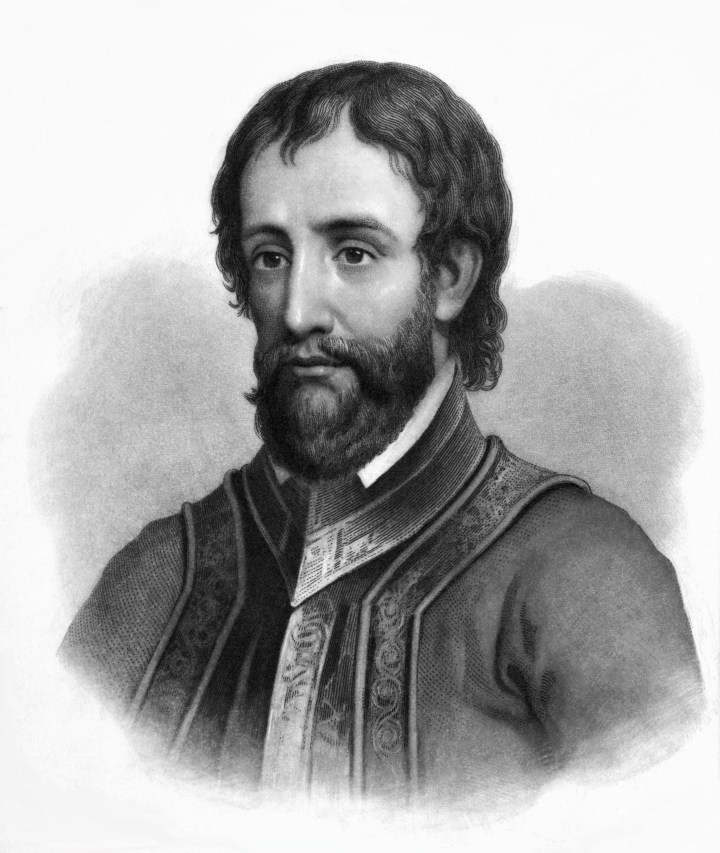
Some versions of history tell of shakedowns de Soto would perform on Native Americans as he encountered them. He'd stop at nothing to get the gold, or even information about the gold.
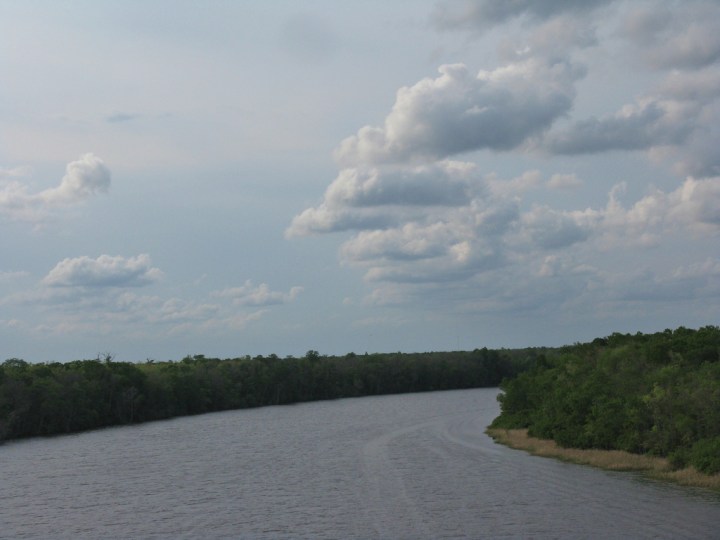
It didn't take long for de Soto's men to spot the sought-after treasure.
Advertisement
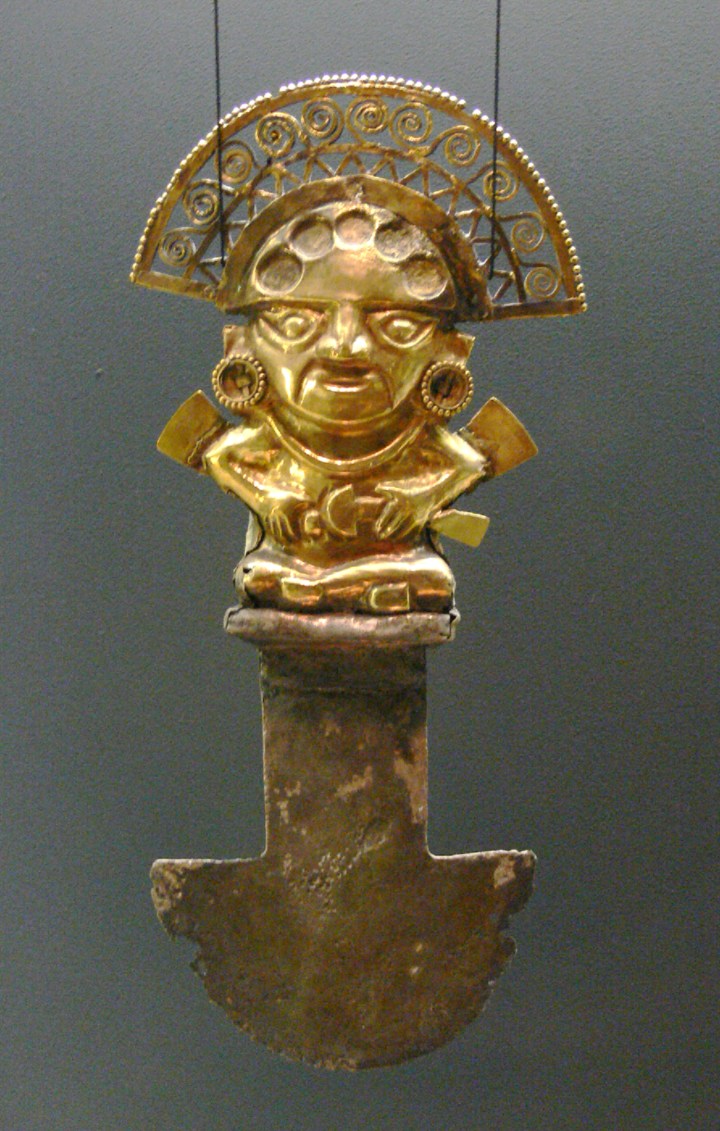
At the time, the gold served to have no monetary value to the natives. The legend has it, that a female scout for the tribe sensed the end was near and she made a secret deal with de Soto: the location of the gold if they would spare the tribe.
Advertisement
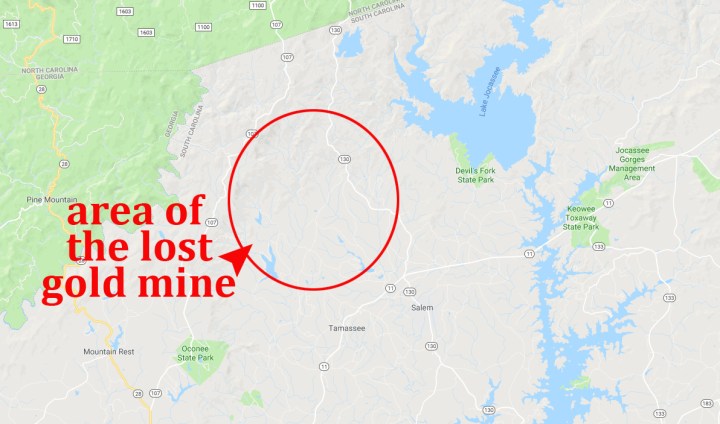
That location is still unknown. It's estimated to be somewhere deep in the forest near the area referenced in the above graphic. Some say that eventually there was a full-fledged gold mining town in this location in the 1800s that even had a post office. The town was called Mayucha, and even though the post office remained open in Mayucha until 1904, there's no sign of the town today.
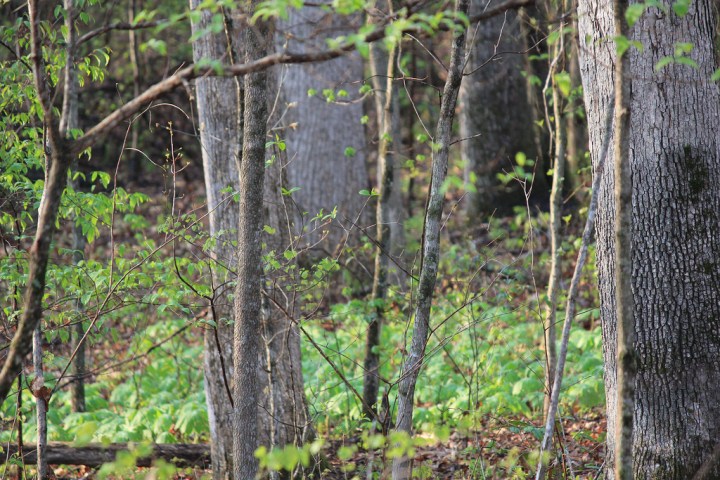
After several days on the trail, and before they had reached the gold, she ditched them while they were sleeping and went back to her people.
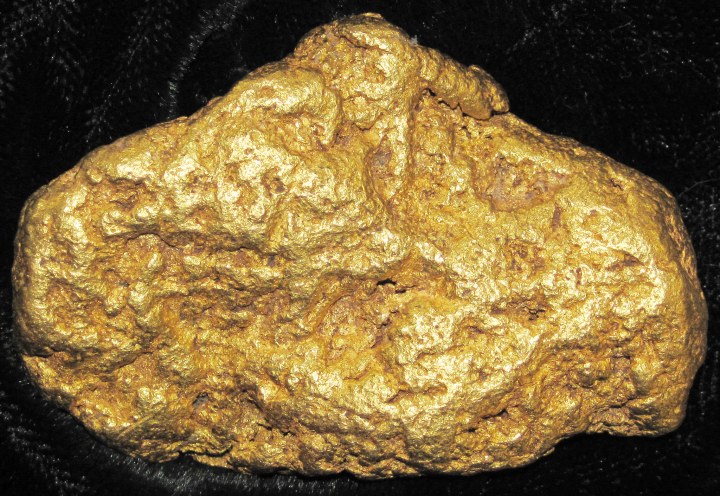
Two years later he died on the banks of the Mississippi River in what is now Ferriday, Louisiana.
The location of the rich vein of gold attached to this legend has never been discovered. The legend of South Carolina’s lost gold mine remains a mystery today.
OnlyInYourState may earn compensation through affiliate links in this article. As an Amazon Associate, we earn from qualifying purchases.


